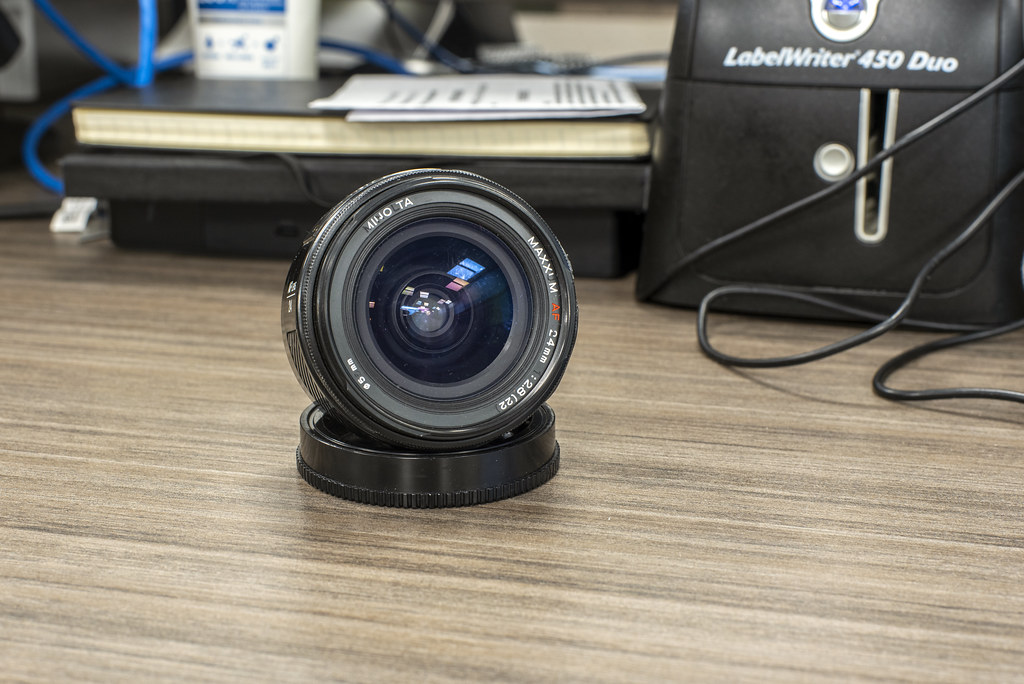I love a good wide-angle lens, and while I have two excellent options in my A-Mount kit, the 17-35mm and the 28mm f/2.8, sometimes you want something a touch wider and in a fast prime. So I kept my eyes out for a 24mm f/2.8 and jumped when I came across one for a good price. I was not disappointed at all; this is a fantastic lens and one that will be used much more than the 28mm when photographing landscapes and urbanscapes.
Lens Specifications
Make: Minolta
Model: Maxxum AF 24mm 1:2.8
Focal Length: 24mm
Focal Range: ∞ – 0.25m
Aperture: f/2.8 – f/22, 7 Blades
Structure: 8 Elements in 8 Groups
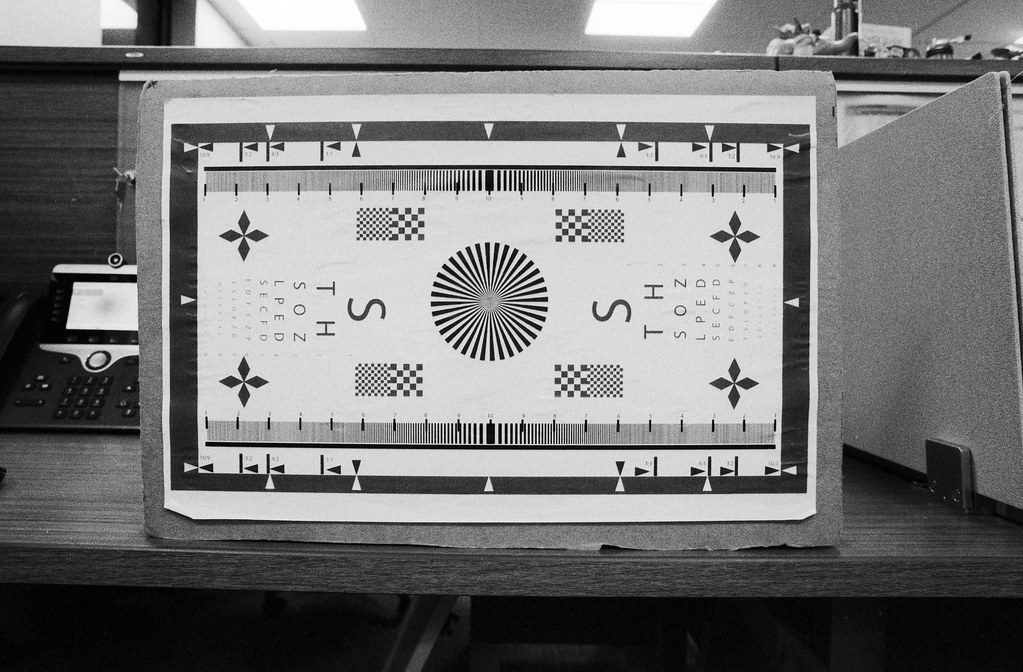
Minolta Maxxum 9 – Minolta Maxxum AF 24mm 1:2.8 – Ilford Delta 400 @ ASA-400 – Flic Film Black/White & Green (1+49) 15:30 @ 20C
Build Quality
From a distance, the 24/2.8 looks like all the other early model A-Mount lenses. It has the same plastic external housing, metal internals and a metal mount. The size and weight are relatively close to the other lenses. There’s a clean behind-plastic distance scale with the metric and imperial markings in different colours. Plus, with an excellent depth of field scale, the focus ring is the same plastic as the rest of the exterior houses. It is relatively narrow, making it difficult to manually focus the lens (but when using a Maxxum, I rarely go into manual focus). But this is where the similarities end. While most prime lenses have a 49mm filter ring and an integrated hood, the 24mm f/2.8 does not. Instead, you have a 55mm filter ring and a bayonet mount petal-style hood. Sadly my copy did not come with such a hood (if you have a line on one, let me know). The downside is that if your filter kit is geared towards those smaller filters, you’ll need another (or a universal filter set) for the lens. Overall the build quality of this lens is solid, mine has some minor cosmetic damage, but the glass itself is excellent. There is multi-coating, similar to the other early model prime lenses, but I haven’t seen any particular trouble with either b&w or colour film through the lens.
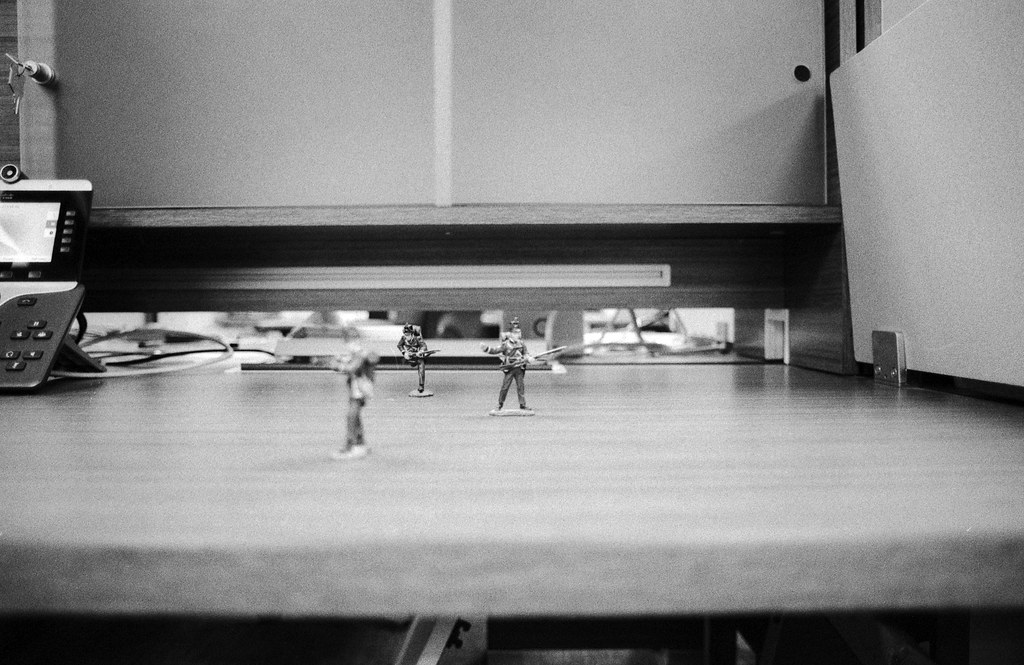
Minolta Maxxum 9 – Minolta Maxxum AF 24mm 1:2.8 – Ilford Delta 400 @ ASA-400 – Flic Film Black/White & Green (1+49) 15:30 @ 20C
Minolta Maxxum 9 – Minolta Maxxum AF 24mm 1:2.8 – Ilford Delta 400 @ ASA-400 – Flic Film Black/White & Green (1+49) 15:30 @ 20C
Minolta Maxxum 9 – Minolta Maxxum AF 24mm 1:2.8 – Ilford Delta 400 @ ASA-400 – Flic Film Black/White & Green (1+49) 15:30 @ 20C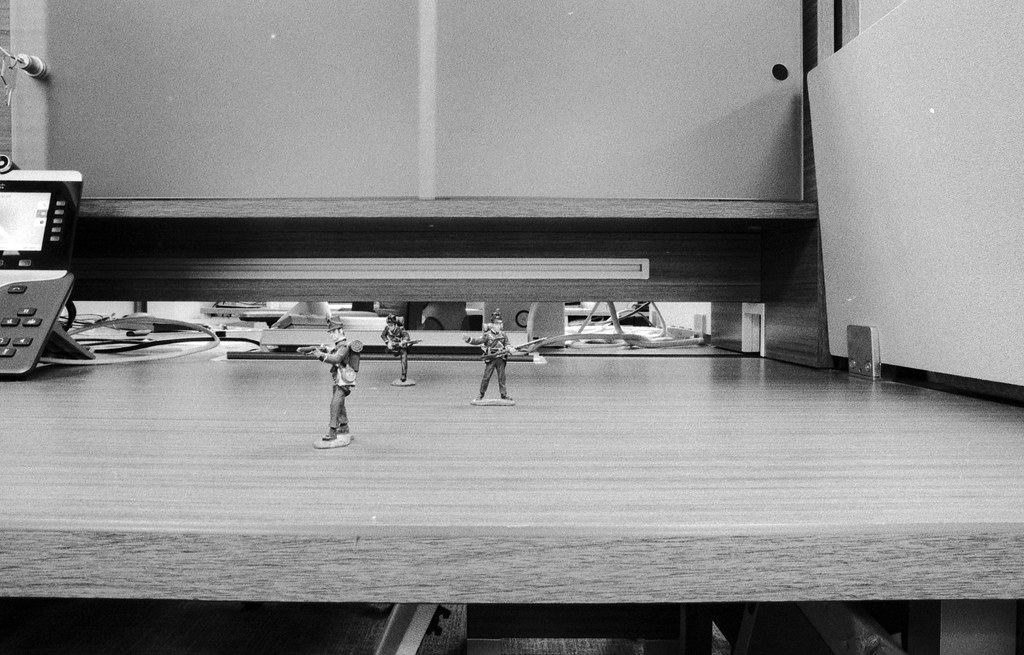
Minolta Maxxum 9 – Minolta Maxxum AF 24mm 1:2.8 – Ilford Delta 400 @ ASA-400 – Flic Film Black/White & Green (1+49) 15:30 @ 20C
Image Quality
If I had a single concern about this lens, it would be the distortion. While it’s not as bad as other lenses I’ve seen in this range, it can still be fairly noticeable when you’re focused close to your subject. You can see it fairly clearly with the test chart and the depth of field tests with the front edge of the desk; the barrel distortion is noticeable. You can, of course, correct this in any digital post-processing. In this test, I did not adjust for distortion. But other than that, I can find nothing major wrong with the lens. There’s no vignetting and only a slight amount of fall-off on the corners when you’re at f/2.8, and thanks to the 24mm focal length, you still have a decent amount of depth of field, even at f/2.8. Plus, the images are still sharp. The out-of-focus rendering is bland, nothing overly special. But I don’t think people use a 24mm lens to get crazy bokeh! Once you start stopping down, f/4 to f/8, you begin to get a lot more in focus and maintain that astounding sharpness. Past f/8, from f/11 to f/22, things get razor sharp, a lot sharper than I was expecting, and there isn’t much difference in the added depth you get past f/11. The one thing I did notice is that the lens does tend to flare when handling a strong off-axis light source, so a hood is something you will want to use with this lens (and one thing I’ll need to seek out if I haven’t already got my hands on one by the time this is published).


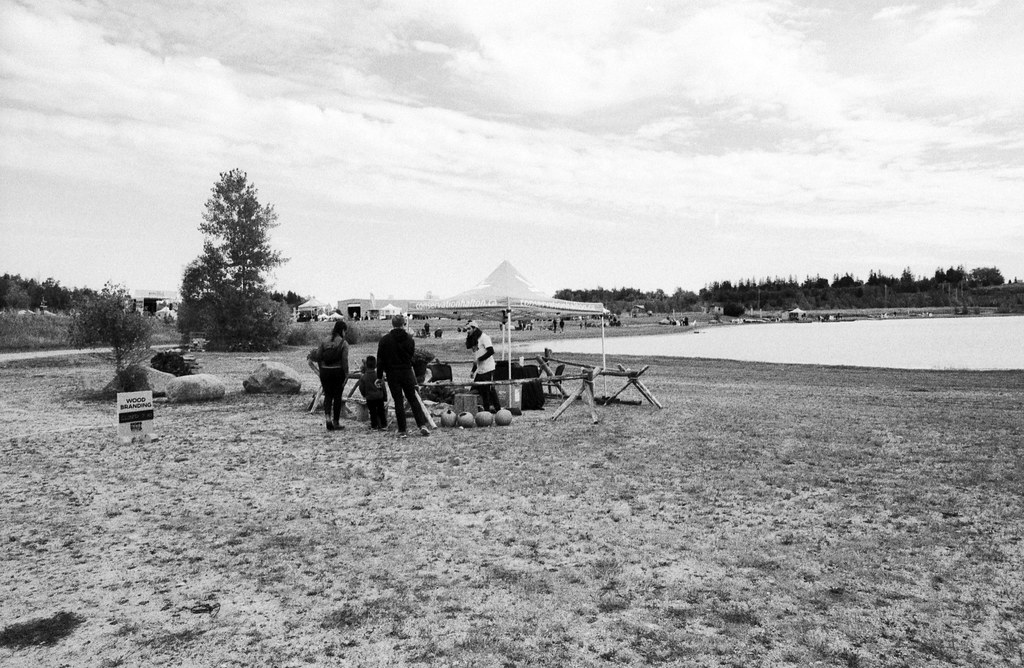

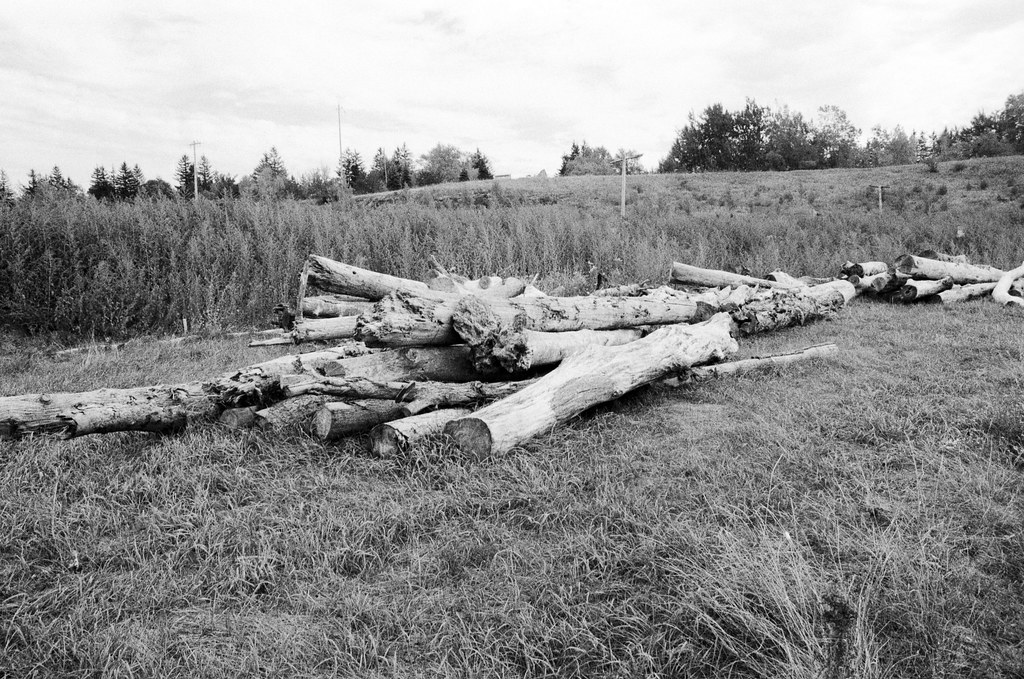
Applications
The number one application for the 24/2.8 is with landscape and urbanscape applications; the wide-angle lens allows the easy capture of the big picture without being insanely wide. While you have a fair amount of distortion, it can be corrected. Because of its compact size and weight, it makes a perfect addition to any three-lens travel kit. I know that the 24/2.8, 50/1.4 and 100/2.8 will be my new Maxxum 9 kit when on vacation or taking a photo walk. And when it comes to compatibility, having an A-Mount is helpful because you can use this lens on all Minolta and Konica-Minolta cameras, both 35mm and early digital. And the lens works great on both my Maxxum 9 and Maxxum 70, but you can also use this on Sony Alpha DSLR cameras and with an adapter on the E-Mount mirrorless offerings. But you can also take advantage of the close focus capacity, using the lens for product photography (but watch out for that distortion) and for low-light inside photography for real estate, even event and group photography. And sure, you could probably use it for portrait work, and I have used a 24mm lens for portrait work if you’re into that look.

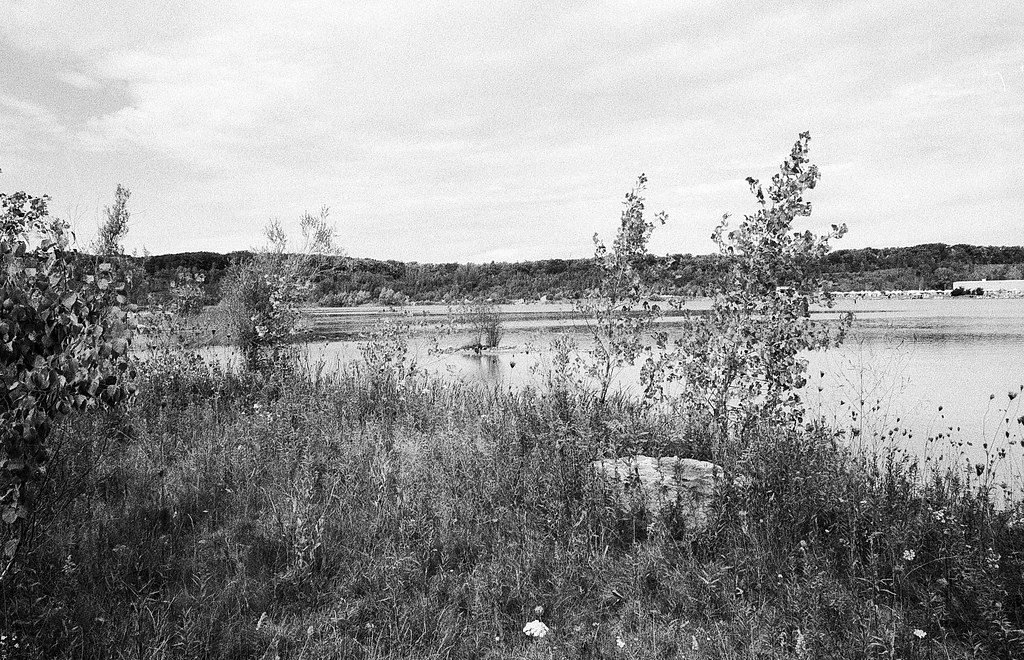



The Low Down
I like this lens, but I do like a good wide-angle lens. And I’m glad I got my hands on the original Maxxum 24/2.8; it gives me a compact and faster option than my 17-35mm, which is lovely if I need something extra. And while my copy has some serious cosmetic issues, including paint loss, scuffing and the strange addition of hot glue around the focusing ring. But the glass is in beautiful shape. One of the best parts is that Minolta never changed this lens throughout its entire run, and even Sony didn’t make their own branded copy, save for a Carl Zeiss option. So you might think that the lens would cost more on the used market. But surprisingly, you can find complete kits (caps and hood) for 150-250$, which is not bad for a lens of this calibre. But it does leave me with one question, do I now need to find and invest in the 20mm?
Further Reading
Don’t just take my view on the Maxxum 24mm f/2.8; check out these other reviews.
Kurt Munger – Minolta AF 24mm f/2.8 Review
Dyxum – Minolta AF 24mm f/2.8 Review
Photo Jottings – Minolta AF 24mm f/2.8 Review (Updated)
